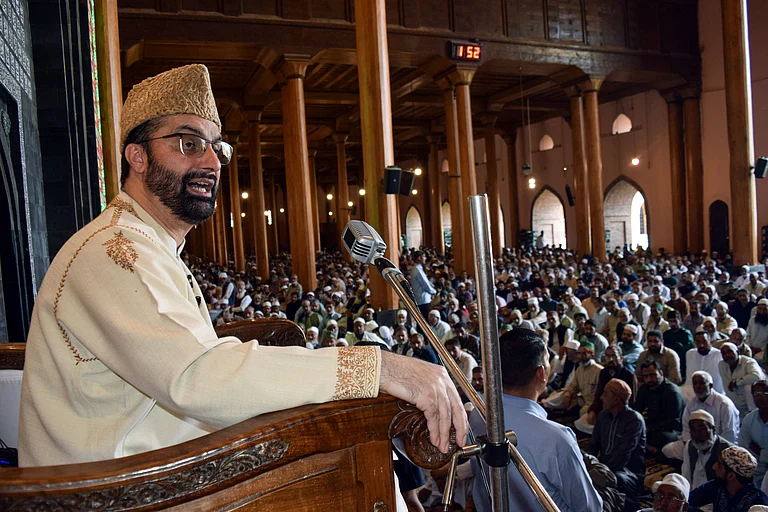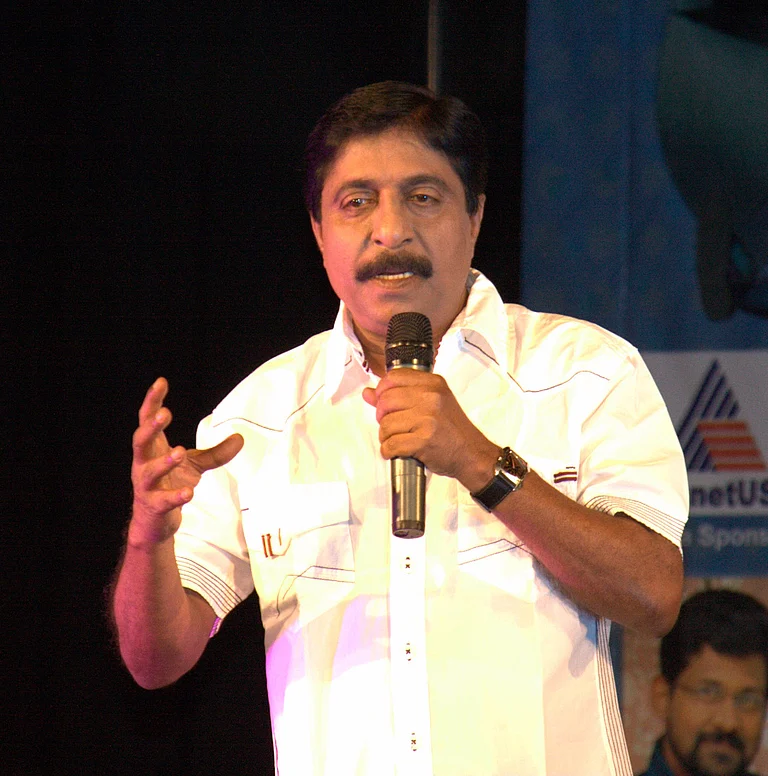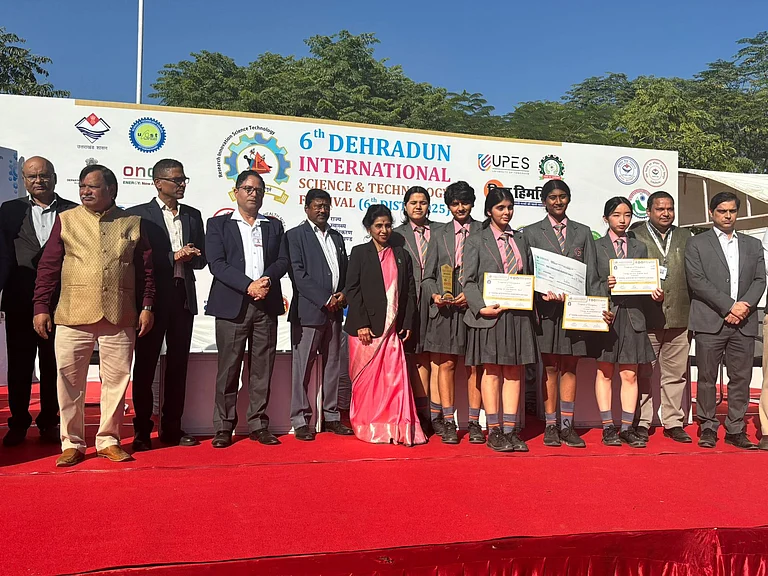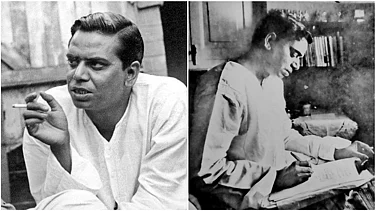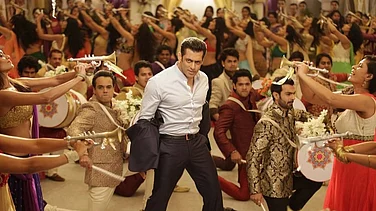
In an economy where attention is commodity and emotions are monetised, the fan becomes the creator and the lover becomes the user.
The performing fan becomes as much a part of the film as the film itself.
The darkness of the cinema hall is forever fractured with the brightness of the smartphone screen.
Recently, a reel went viral on social media, where a fan landed up in a cinema hall to watch Saiyaara (2025) with his intravenous drip on. It instantly started discussions on social media forums and platforms about the extent to which fans can go to catch a glimpse of their stars. Many users as well as news portals started referring to him as “the crazy fan.” Elsewhere, other viral reels have fans tearing up, dancing like it is their own film, and apparently even fainting. These have—in addition to the barrage of positive reviews Saiyaara has been attracting—led to speculations about how much of the viral fan reactions is genuine frenzy, and how much of it is catapulted by paid PR. While online threads and social media posts are replete with commentary on the brilliance of the film’s publicity tactics, Bollywood gossip forums have fans discussing these videos and speculating their collusion with PR agencies.
But fans have always been the crazy lot. Ours is a land where the language of devotion has spilled into fandoms more often not, and emotional fans abandoning their designated seats to applaud, cry, sing, and dance with the film is not an uncommon sight. But then comes the smartphone—that not just records these fans in all their starstruck glory, but also makes it visible for the rest of the world, probably, even the stars, to see. From the darkness of the cinema hall to the hyper-visibility of social media, the performing fan becomes as much a part of the film, as the film itself. Makers of Saiyaara—in the same vein as other recent Bollywood hits released in the last few years—may or may not have hired people to upload emotionally charged videos of themselves and others on social media. Irrespective of the genuineness of these videos, what they have done is turned the cinema hall itself into a space of spectacle.
In 2018, I went to watch the first day first show of Shah Rukh Khan-starrer Zero at a single-screen theatre in Kolkata. As goes with most new releases of big stars, the noise inside the hall was so much that one could hardly follow the film coherently. While I was a seasoned viewer, it was the first time for my mother—who was accompanying me—on the first-day-first-show of any film, let alone an SRK film. Her initial irritation with not being able to follow what was transpiring on screen, eventually gave way to absolute amusement. She was as interested, if not more, to see what was going on in front of the screen, as she was in what was on it. These kinds of ecstatic audiences, who would queue up since the night before the release, have been quite common for films across the country—not just for already established superstars, but for debutantes as well—as was the case in Kaho Naa Pyaar Hai (2000). There are lores doing the rounds till today about people across genders and sexualities going crazy for Hrithik Roshan. Of course, the film’s fandom, too, was a product of marketing and PR of the times, in addition to Roshan’s drop-dead gorgeousness.
But there is something about being recorded while reacting to a film—when one is constantly aware of their potential for virality—that turns the cinema hall into a space of spectacular fandom. There is good reason behind filmmakers and production houses not just not objecting to recording inside the cinema hall (which was the norm in the pre-reel-making years), but also actively encouraging them. The new viral fan can make the film popular not just among their immediate circles, but as far as their social media virality might take them. SRK-starrer Pathaan (2023)—perhaps the film with which the trend of audience reaction videos started gaining popularity—had people admittedly visiting the theatre more than once, just to be able to witness the madness of the dancing fans.
It is in this context that one ponders—what does it mean to be a film fan in the age of social media? In an economy where attention is commodity and emotions are monetised, the fan becomes the creator and the lover becomes the user. Take the abundance of cinephile pages on Instagram for example. What often starts as a love letter to films, becomes a platform for film promotions and publicity. Of late, we have also seen how the space of the cinema hall becomes a site for the performance of ideologies through polarising slogans during screenings of ideologically charged films such as The Kashmir Files (2022) and Article 370 (2024). These videos and reels are then circulated on social media not just to popularise the films, but to assert their ideological position as well.
What happens, then, to the almost sacred space of the cinema hall, where every silent sob or secret dance move in the dark, might just become the next viral reel? The darkness of the cinema hall is now forever fractured with the brightness of the smartphone screen. Perhaps, being a film fan in this fractured space entails the acceptance of the fractured nature of fandom itself. One is never completely alone with the film in the dark—a ubiquitous rupture is deployed by the smartphone screen—if not yours, then someone else’s.
Coming back to Saiyaara and its eccentric fans, a substantial part of me watching the film entailed looking at the smartphone screen of the person sitting in front of me, who was showing the film to someone else on a WhatsApp call. As long as long there aren’t any polarising slogans, I’m not complaining.
Rini Dasgupta is a Ph.D scholar of Cinema Studies at the School of Arts and Aesthetics, Jawaharlal Nehru University, New Delhi. She works on the relationship between labour and technology in popular Hindi cinema.







